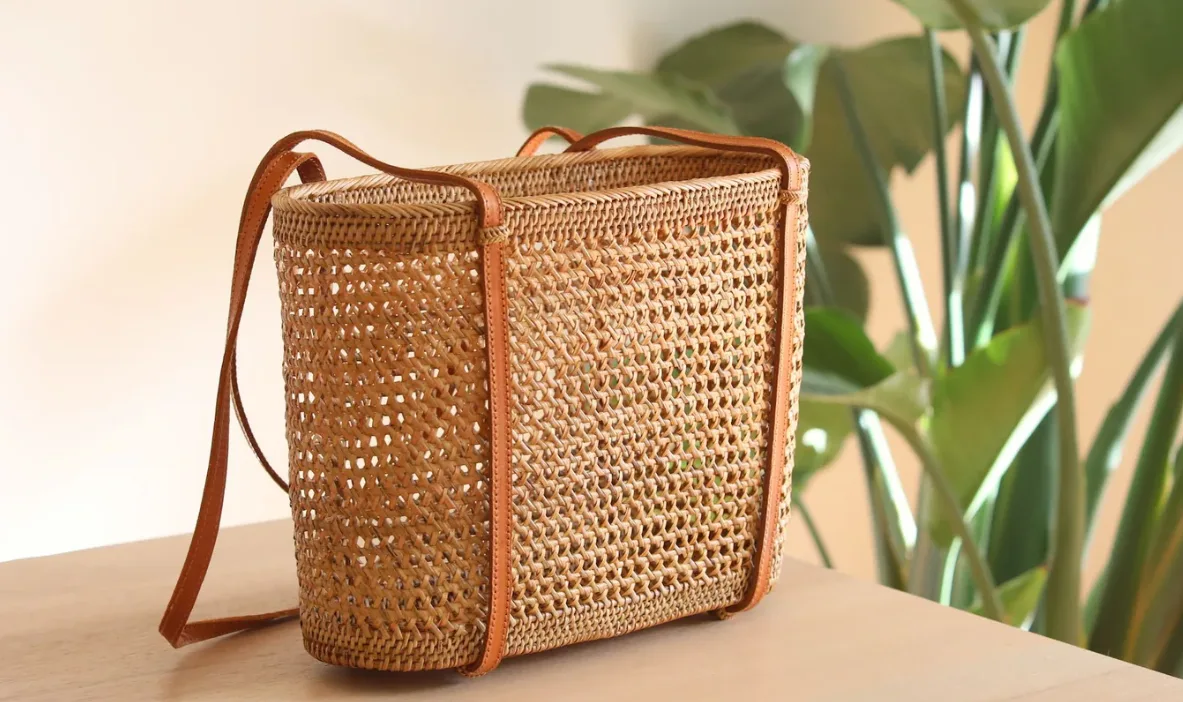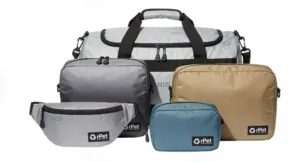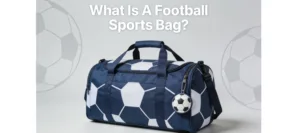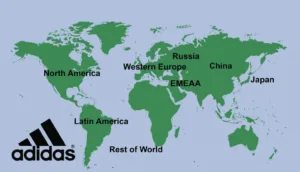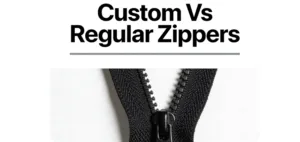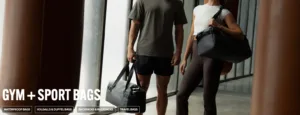In today’s competitive market, custom woven bags have become more than just functional accessories—they are powerful tools for brand recognition and customer engagement. For businesses, investing in bespoke woven bags allows for consistent brand identity across multiple touchpoints, ensuring that your logo, color palette, and design philosophy are instantly recognizable.
From a B2B perspective, working with a woven bag manufacturer offers scalable bag production benefits, allowing companies to order wholesale woven bags in bulk while maintaining high quality and precision. This is particularly valuable for promotional campaigns, corporate gifting, retail product lines, and trade show giveaways, where uniformity and brand impact are crucial.
In addition to branding advantages, the choice of woven bag materials and production techniques plays a key role in durability and sustainability. Popular woven materials—such as cotton, jute, polyester, or recycled fibers—provide a balance between robustness and eco-friendliness. Many brands now prioritize eco-friendly woven bags, aligning with consumer expectations for sustainability while enhancing perceived product value.
Ultimately, customizing woven bags for your brand is a strategic decision that combines practical functionality, marketing impact, and environmental consciousness, making them a must-have for businesses looking to strengthen brand presence and build lasting customer loyalty.
Contents
What is a Woven Bag?
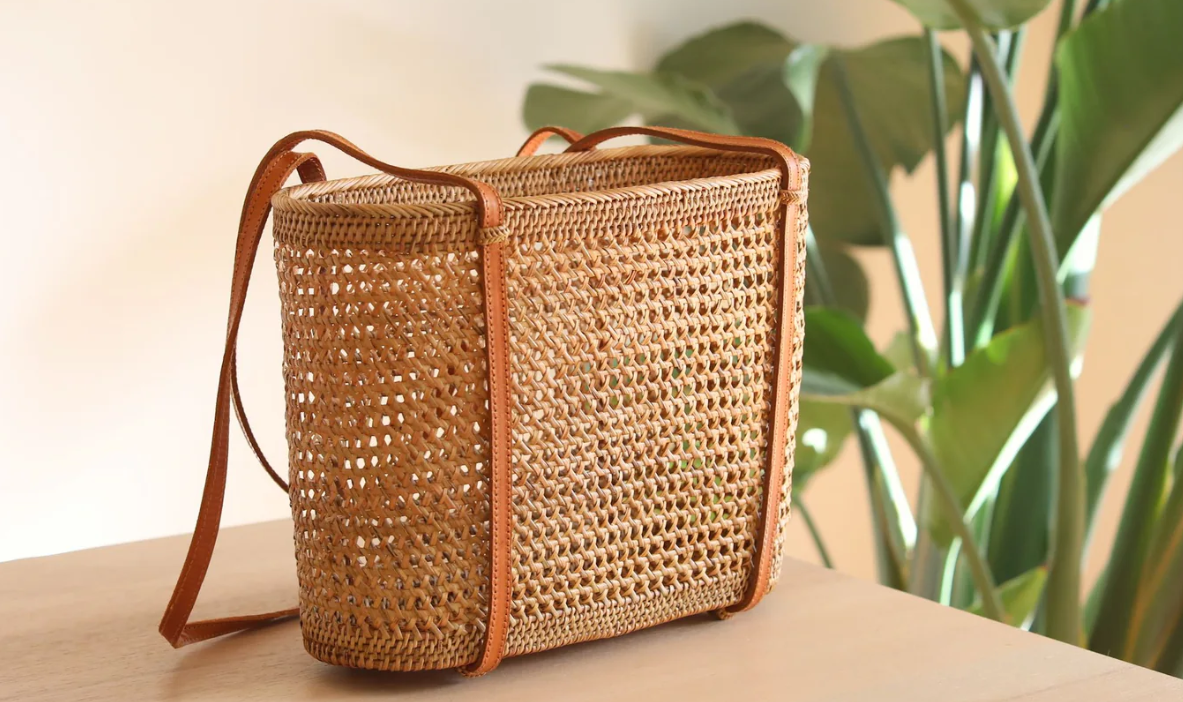
A woven bag is a bag made by weaving yarn, cotton, polyester, or other fibers together, creating a unique texture and appearance that is both durable and sturdy. Unlike ordinary handbags or backpacks, woven bags emphasize material structure and craftsmanship, while also allowing for custom sizes, colors, and patterns to suit brand needs. These bags are not only suitable for everyday use but are also often used for retail, promotional, or gift purposes, combining practicality with brand presentation.
1. Definition — More Than Just a Bag
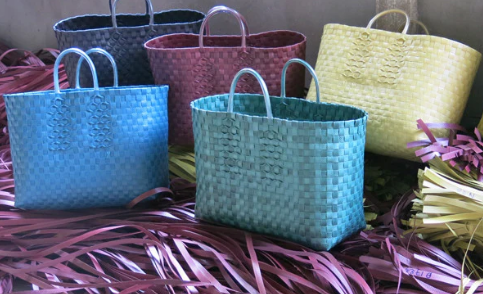
A woven bag is a bag crafted by interlacing threads such as cotton, jute, polyester, nylon, or recycled fibers. Unlike standard tote bags or backpacks, a woven bag emphasizes material selection and weaving craftsmanship, combining durability, aesthetics, and customization potential.
Materials:
Natural fibers: Cotton and jute provide a soft texture and good breathability, ideal for everyday shopping or gift purposes.
Synthetic fibers: Polyester or nylon offer high strength, abrasion resistance, and durability, suitable for bulk production and long-term use.
Blended fibers: Combining natural and synthetic fibers balances sustainability with durability and supports versatile printing and dyeing techniques.
Recycled or eco-friendly materials: Recycled polyester (rPET) meets modern consumers’ demand for sustainable products while enhancing a brand’s eco-conscious image.
Craftsmanship Details:
Weaving techniques: Common methods include plain weave, twill weave, and jacquard weave, each affecting texture, strength, and flexibility.
Thread density: The thickness of the yarn and weaving density determines the bag’s load-bearing capacity and surface finish.
Reinforced edges: Areas under stress—such as handles, seams, and bag openings—are reinforced with extra stitching or padding to improve durability.
Waterproof or stain-resistant treatments: Some woven bags feature coated surfaces or inner linings to enhance functionality for everyday use.
Custom printing & branding: Techniques like screen printing, digital printing, or embroidery can be integrated with the woven structure, ensuring logos and designs are both durable and visually appealing.
By carefully combining materials and craftsmanship, a woven bag not only carries items securely but also reflects brand identity, extends product life, and meets the demands of businesses for high-quality, customizable, wholesale-ready solutions.
2. Unique Functional Features of Woven Bags
Woven bags are more durable than ordinary bags. Their weaving structure improves load-bearing capacity and tear resistance, ensuring long-lasting use for daily or commercial purposes.
They also offer versatile customization. Brands can select colors, patterns, sizes, and printing methods, making them suitable for shopping, gifting, promotions, or travel while reflecting brand identity.
Sustainability is a key advantage. Woven bags can use natural, recycled, or eco-friendly materials, meeting modern consumers’ demand for environmentally responsible products without compromising quality.
3. Why Woven Bags Are Essential
For businesses and brands, a woven bag is more than just a tool for carrying items—it serves as a mobile brand showcase. By printing logos or custom patterns, companies can increase brand visibility wherever the bag goes. Its durability and practicality make it a one-time investment that can be reused multiple times, enhancing customer satisfaction and reinforcing quality perception. Choosing eco-friendly or sustainable materials adds environmental value, aligning with modern consumer expectations for green products. Additionally, the versatile design of woven bags makes them suitable for retail, gifting, promotional events, or corporate giveaways, covering a wide range of business scenarios. From this perspective, a woven bag is not optional; it is an essential tool for strengthening bag brand image and demonstrating bag corporate value, integrating seamlessly into a company’s overall marketing strategy.
How Usage Scenarios and Materials Influence Woven Bag Brand Choice
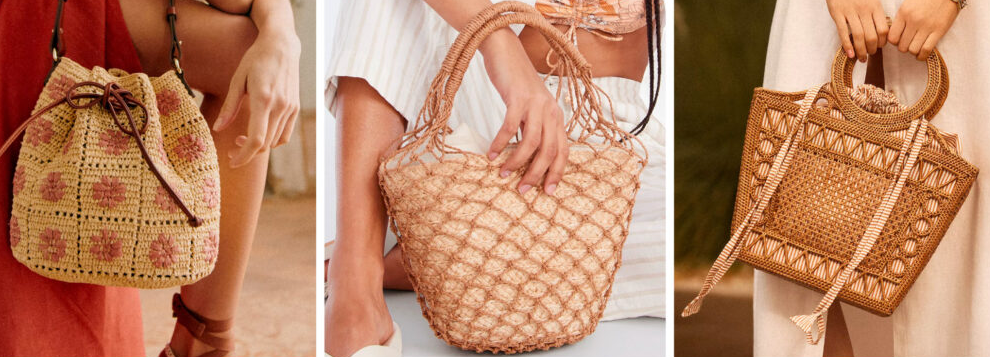
The functionality and materials of a woven bag play a critical role in shaping a brand’s perception. For businesses and brands, whether producing premium custom woven bags or offering wholesale woven bag solutions, the selection of fabric, hardware, lining, and internal organization directly impacts durability, usability, and customer satisfaction. Choosing the right materials and construction techniques allows a brand to differentiate itself from mass-market options and position itself as a quality-focused woven bag manufacturer.
Materials
Nylon (1680D–840D): Tear-resistant, lightweight, and durable. Often chosen by performance-oriented brands. PU/TPU coatings provide water resistance and convey a premium feel.
Polyester (300D–1200D): Colorfast, affordable, and easy to print. Recycled PET (rPET) adds sustainability without significant cost increases—popular among brands seeking eco-conscious custom woven bags.
Canvas (Cotton or Cotton Blends): Soft, casual, and organic-feeling. Waxed canvas improves water resistance and adds a vintage touch, favored by lifestyle and minimalist brands.
Vegan Leather (PU / Microfiber): Stylish, easy to maintain, suitable for totes and structured woven bags. Microfiber variants enhance luxury perception and longevity.
Genuine Leather Accents: Strategically applied to handles or panels in high-end SKUs to elevate perceived quality.
Eco-Friendly Fabrics: rPET, organic cotton, and bio-based coatings are essential for sustainability-focused brands, with certifications such as GRS, OEKO-TEX, and REACH/CPSIA.
Linings and Coatings
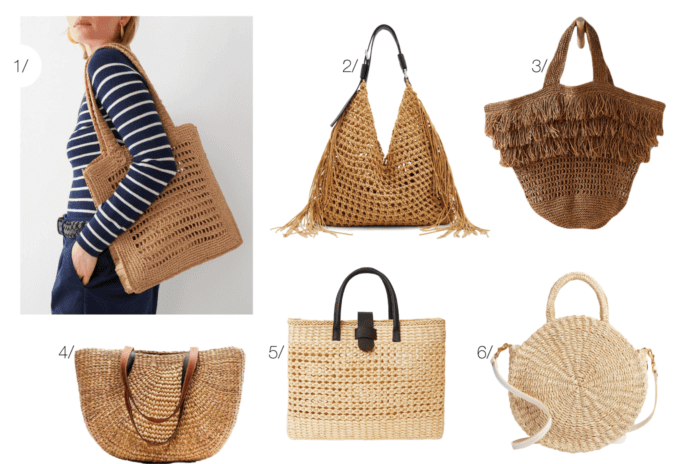
Wipeable Linings, Waterproofing, Antimicrobial Treatments, Insulation: These material features—TPU, PEVA, or PU liners to prevent leaks, PU/TPU coatings for liquid resistance, antimicrobial-treated compartments, and aluminum foil or EPE/EVA foam insulation—may slightly increase production costs but enhance hygiene, usability, and product value for end users.
Hardware
Zippers: YKK, SBS, or equivalents ensure smooth operation; main openings use #5–#8 reverse-coil zippers.
Buckles / D-Rings: Acetal (lightweight & durable) or zinc alloy (premium feel); fragile plastics should be avoided in functional attachments.
Stroller Attachments: Hooks or dual Velcro straps rated for weight.
Feet and Frames: Metal feet and wire frames maintain structure; HDPE bases prevent sagging.
Organization Features
We can customize a variety of practical bag structures, including Bottle Pockets, Wipe Compartments & Changing Pads, Wet/Dry Separation, Parent Pockets, Laptop/Travel Integration, and Access Style: These compartments and features—elastic or insulated bottle covers, wipeable changing pads, lined wet/dry bags, soft-lined parent pockets, laptop sleeves, and reinforced openings—may slightly increase material and labor costs but greatly enhance product functionality and market appeal.
Comfort & Carrying Options
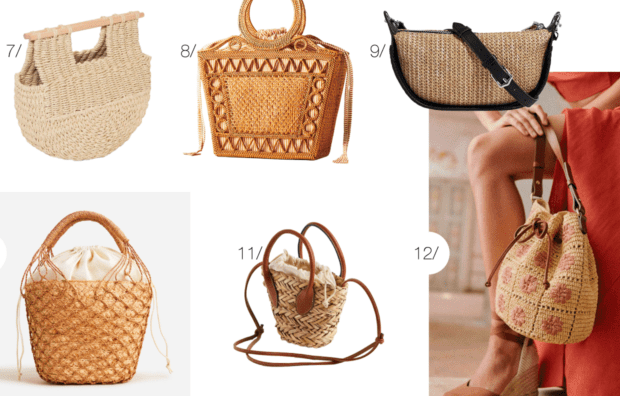
Back Panels & Straps: Breathable mesh with 6–10 mm foam; chest straps for weight stability.
Versatile Carrying: Top handles, crossbody straps, backpack straps—convertible options popular for shared use.
Weight Considerations: Backpack-style woven bags ~1.1 kg (2.4 lbs); heavier totes rely on reinforced structure and wide straps.
Construction & Durability
Seams, Edges / Piping, Reinforcements, Colorfastness & Rub Testing: These construction features—double-stitched seams with reinforced stress points, bound interior seams, protective edges or piping, box-stitched handles, HDPE/EVA base panels, and dye/rub-resistant materials—may slightly increase production costs but significantly improve durability, safety, and overall product quality.
Care & Compliance
Machine Washable / Wipe Clean: Depending on material; transparent care cards reduce returns.
Stain Resistance: Teflon fabric protectors or PU coatings for spills.
Safety & Certification: CPSIA/REACH compliance, BPA-free linings, OEKO-TEX Standard 100, GRS for recycled materials.
Labeling: Accurate claims like “PVC-free lining” or “PFC-free waterproofing” prevent greenwashing.
By carefully selecting materials, hardware, linings, and organizational features, brands can create woven bags that meet functional needs, appeal to targeted audiences, and reinforce positioning—whether premium, sustainable, or performance-oriented. Usage scenarios and material choices directly influence pricing, perception, and loyalty, making them central to any custom woven bag strategy. Working with a reliable woven bag manufacturer or wholesale woven bag supplier ensures high-quality production, consistent results, and scalable solutions for brand growth.
How to Customize Woven Bags for Your Business
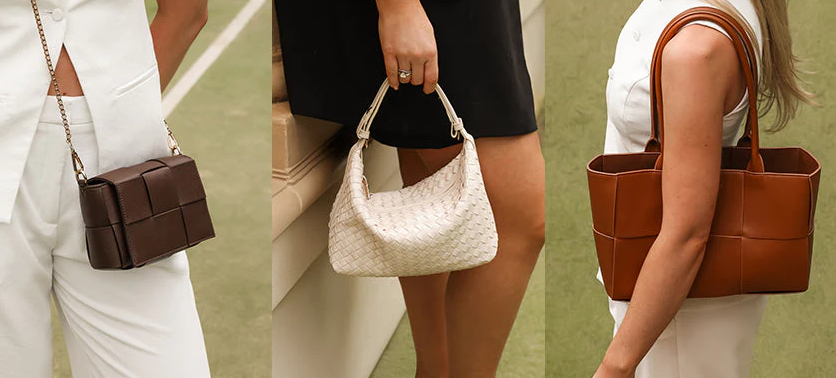
Customizing woven bags allows B2B clients to create products that perfectly align with their brand identity and business needs. Working with a professional woven bag manufacturer or wholesale woven bag supplier, brands can select specific sizes, colors, and unique visual designs, including logos, signature colors, or exclusive patterns. This ensures that each bag is not only functional but also reinforces brand recognition, making it ideal for retail, promotional campaigns, or corporate gifting.
Beyond appearance, customization also extends to materials and functional features. Businesses can choose from water-resistant nylon, durable canvas, vegan leather, or other eco-friendly fabrics, and incorporate multi-purpose pockets, compartments, reinforced bases, or specialized closures. Selecting the right materials and construction techniques enhances the durability and usability of the custom woven bag, aligns with brand positioning, and facilitates efficient large-scale production through a reliable wholesale woven bag supplier.
Conclusion
Customizing woven bags for your brand is more than just a product choice—it is a strategic investment. By carefully selecting materials, craftsmanship, and functional features, combined with unique brand designs, businesses can create woven bags that are both practical and visually impactful.
These custom products not only enhance brand recognition and customer loyalty but also provide effective solutions for promotions, gifts, and retail initiatives. Partnering with a reliable manufacturer or wholesale supplier ensures high-quality, large-scale production while maintaining sustainability and innovation, making custom woven bags a powerful vehicle for both brand identity and business value.

